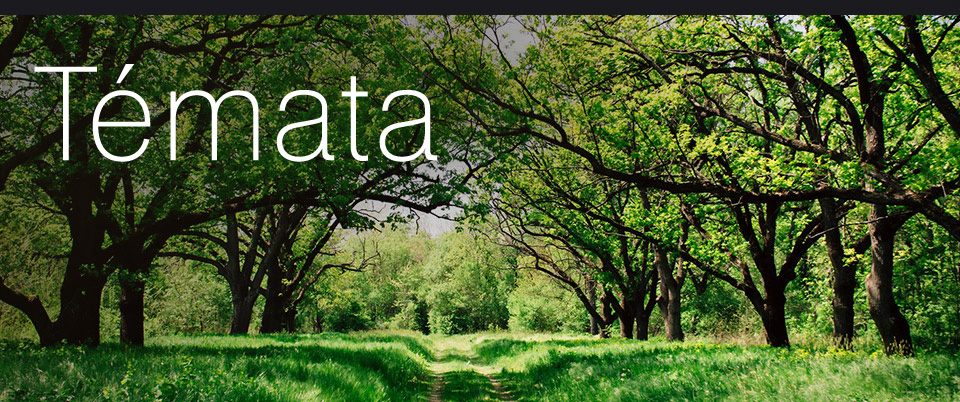The Black Stork (Ciconia nigra)
In contrast with much more known White Stork, the Black Stork has a black head, neck and all the upper part of the body. Its bill and trotters are red. It flies and glides the same way as the White Stork does, but holds its neck rather lower than its back so it looks like it's "crookbacked" during flight. It clatters with its bill very rarely; the clattering is short and much weaker than of the White Stork. And adult Black Stork weighs about three kilograms. The oldest ringed individual lived up to 18 years of age; in captivity (London ZOO), the oldest Black Stork was 30 years old.
It lives in a very hidden way mainly in wooded areas. It has been also adapting to intensively utilized agricultural lands recently. It builds its nest mostly on the trees, rarely at the rock spurs. Both parents shift each other when warming 3 to 5 white and slightly greenish eggs for 30 to 34 days. The hatches have a lemon-yellow bill, rosy trotters and a white featherlike "robe" which is substituted by a black-and-brown feather later on (but still in the nest). They rely on parent's care for more than 2 months. The parents fetch them a fleshy food: fish, invertebrate water animals, frogs, reptiles and small mammals.
Their spread in Europe and the population count of the Black Stork changed a lot during 19th 20th century. It disappeared form all the West Europe in 19th century as caused probably by a direct persecution. In Belgium, we know about their nesting in 1860 and 1862 only, in the half of 19 century these storks disappeared from the southwest of Germany. The last nesting in Denmark occurred in 1951, in Sweden in 1953. Their number strongly decreased in Central Europe those times as well, the lowest state was in 1930; their spread was limited on the west by the mark line Mecklenburg - Brandenburg - Silesia - south Moravia - Hungarian Danube area. After that their number started to grow and the region spread out to the north and west. This process has been in progress till now: the storks have been nesting in Austria since 1948, in the west of Germany since 1947 and in France since 1976.
The Black Stork had nested in Czech countries only in the south of Moravia since the end of last century. In 1944, the first nest was discovered in the north Moravia. Since then, these discoveries have been increasing in number. The nests could be found exclusively in upland forests with rivers of trout. The first Czech nest was discovered in 1952 in the northeast of the country near Turnov town. It indicates that the storks came here from the northeast, i.e. from Poland. Some authors suggest it was caused by military operations during the World War II when their nests were destroyed and the storks thus forced to move south. The next expansion in Bohemia continued along the north of the land following the western and southern direction; nowadays the Black Stork has settled down over the whole territory of the Czech Republic. The minimal count of nesting pairs was 288.
The Black Stork is exclusively a migrant kind. European population winterize in Africa between the south border of Sahara and the Equator. Still the centers for bird ringing have collected only about ten feedback messages about finding the ringed individuals.
Our country lies in a migrant area where the birds from the west parts of the republic (but even from Jeseniky or small Carpathian mountains) fly to the African winterizing places more often along the southwest direction - across Spain and Gibraltar. Other pairs nesting in the Czech Republic migrate over the traditional southeast trace across Balkan and the Near East.


